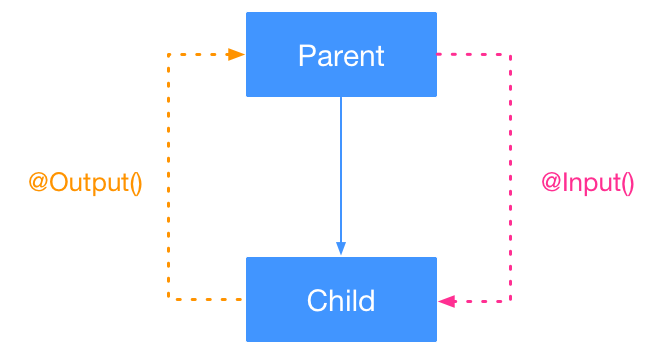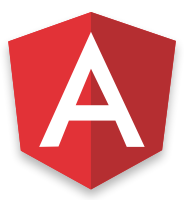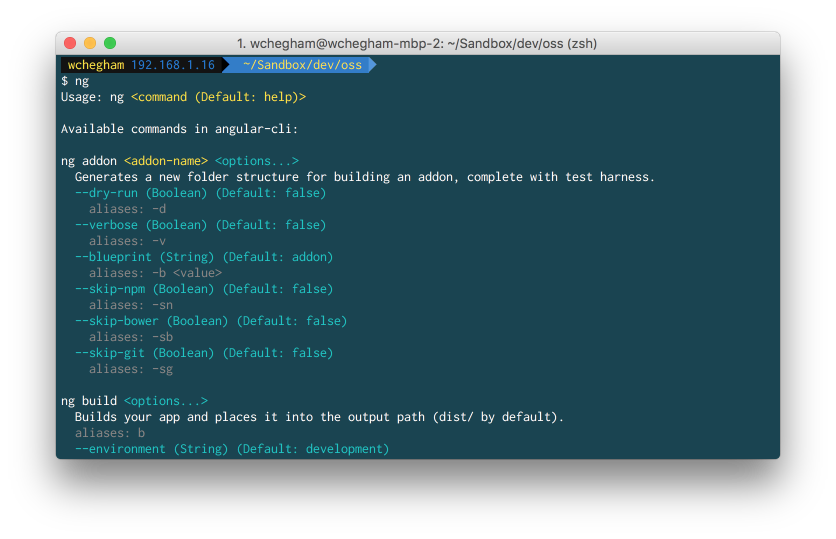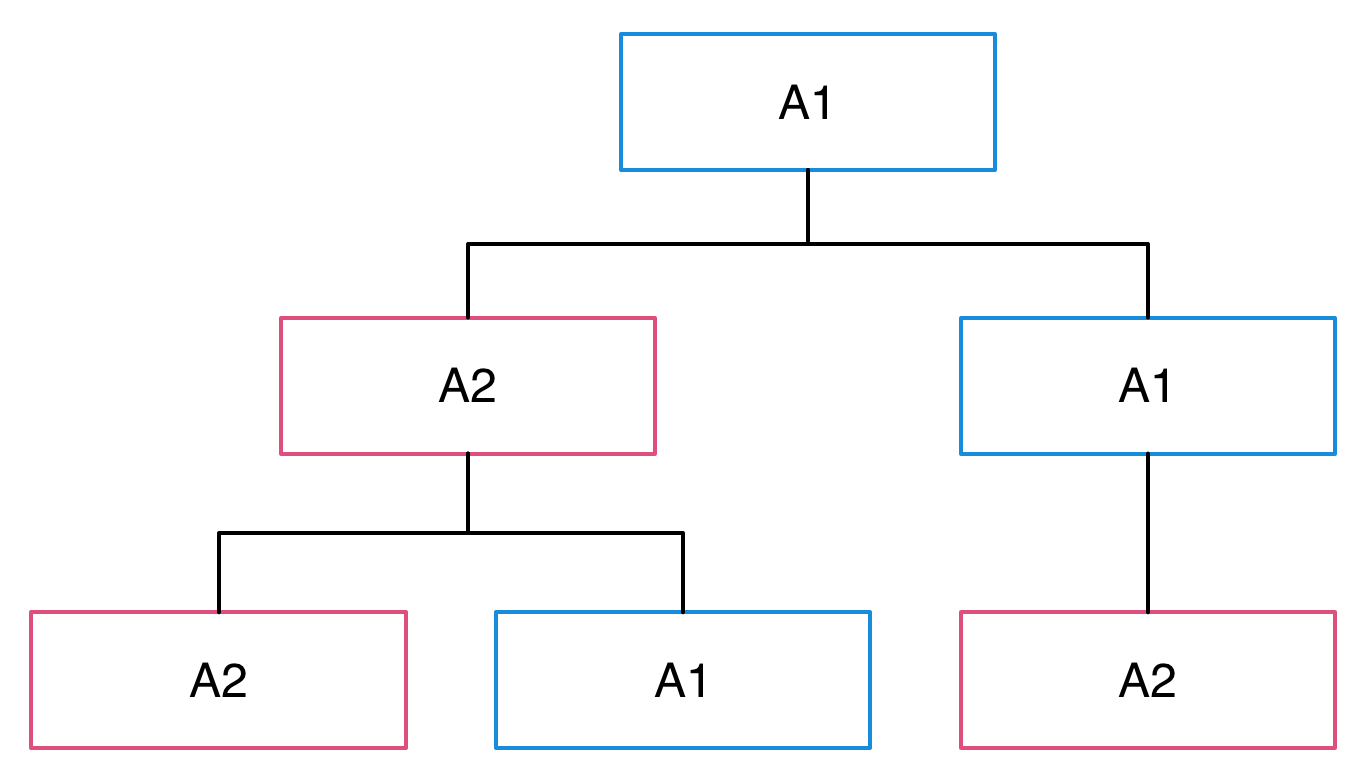a11y
The planet of accessibility
Accessibility matters
The power of the Web is in its universality. Access by everyone regardless of disability is an essential aspect.
— Sir Tim Berners-Lee
@olivierleplus




Olivier Leplus
@olivierleplus
DevRel at Microsoft

Global network of experienced, designers and developers that actively support developers and startups.

Why care ?
Around 1 billion people live with some form of disability.
— World health organisation
Law

Why not all websites are accessibles ?
Unfamiliar to lots of developers
Non-trivial
Cheap and Easy
Seman-what?
<div></div>
<span></span>
<a id="addUser" class="btn">
Add new user
</a>
<button id="addUser" class="btn" aria-label="Add new user">
Add new user
</button>Web AIM WCAG Checklists 2.1.1
All page functionality is available using the keyboard, unless the functionality cannot be accomplished in any known way using a keyboard (e.g., free hand drawing).
TIME
TO LEARN ANGULAR 2
ES5
ES2015
ES2016
TS
ES+




Supported Languages
you should learn TypeScript
you must
learn ES6+
bit.ly/learn-es2015 - Discover ES6 (french only)
YOUR APP
IS A TREE OF
SELF-DESCRIBING
MODULES & COMPONENTS
<my-menu [items]="mainMenu"></my-menu>
<img [src]="imageUrl" />BINDINGS PROPERTIES
[ prop ]
THREE
TYPES OF DIRECTIVES
STRUCTURAL
CHANGES THE DOM LAYOUT
<li
*ngIf="isFooBar"
*ngFor="let card of dataStore.items;
trackBy:customTrackBy">
</li>STRUCTURAL
<my-items-card *ngFor="let card of dataStore.items;
trackBy:customTrackBy">
{{ card }}
</my-items-card>
<!-- is equivalent to this -->
<template ngFor let-card [ngForOf]="dataStore.items"
[ngForTrackBy]="customTrackBy">
<my-items-card>{{ card }}</my-items-card>
</template>STRUCTURAL ATTRIBUTES
*ngFor
ATTRIBUTES
CHANGES THE BEHAVIOR OF THE ELEMENT
<div
[style.width.px]="mySize">
</div>ATTRIBUTES
ATTRIBUTE DIRECTIVE
import {
Directive,
ElementRef,
Renderer,
} from '@angular/core';
@Directive({
selector: '[myHighlight]'
})
export class MyHighlightDirective {
constructor(el: ElementRef, renderer: Renderer) {
renderer
.setElementStyle(
el.nativeElement,
'backgroundColor',
'yellow'
);
}
}<span myHighlight >Highlight me!</span>import {Directive, ElementRef, Renderer} from '@angular/core';
@Directive({
selector: '[x-large]'
})
export class XLarge {
constructor(element: ElementRef, renderer: Renderer) {
renderer.setElementStyle(
element.nativeElement, 'fontSize', 'x-large'
);
}
}DO NOT EVER NEVER TOUCH THE DOM!
USE THE RENDERER
renderer.setElementStyle(
el.nativeElement,
'backgroundColor',
'yellow'
);COMPONENT
JUST A DIRECTIVE WITH A TEMPLATE
<my-component>
Loading...
</my-component>COMPONENT
COMPONENTS CAN DISPLAY FORMATTED DATA
THANKS TO
PIPES
JUST LIKE
ANGULAR 1
FILTERS
BUILT-INS PIPES
DatePipe,
UpperCasePipe,
LowerCasePipe,
CurrencyPipe,
PercentPipe...etc
CUSTOM PIPE
import {Pipe, PipeTransform} from '@angular/core';
@Pipe({
name: 'trim'
})
export class TrimPipe implements PipeTransform {
transform(value: any) {
if (!value) {
return '';
}
return value.trim();
}
}PIPES CAN BE STATEFUL
ASYNC PIPE
import {Pipe, PipeTransform} from '@angular/core';
@Pipe({
name: 'fetch',
pure: false
})
export class FetchJsonPipe {
private fetchedValue:any;
private fetchPromise:Promise<any>;
transform(value:string, args:string[]):any {
this.fetchPromise = window.fetch(value)
.then((result:any) => result.json())
.then((json:any) => this.fetchedValue = json);
return this.fetchedValue;
}
}ASYNC PIPE
<div>
{{'heroes.json' | fetch | json}}
</div>COMPONENTS
CAN HAVE
STATE

STATE MANAGMENT
[ property binding ]
( event binding )
import {Component, Input, AfterViewInit, EventEmitter} from '@angular/core';
@Component({
/* configuration */
})
export class ThemeCard implements AfterViewInit {
@Input() inputProperty: string;
@Output() outputEvent: EventEmitter<string>;
constructor() {
this.outputEvent = new EventEmitter<string>();
}
ngAfterViewInit() {
console.log(this.inputProperty);
}
onClick() {
this.outputEvent.emit('foo');
}
}FOR INSTANCE
COMPONENTS ARE
ROUTABLE
DEFINING ROUTES
// app.routes.ts
import { RouterModule } from '@angular/router';
import { CatComponent } from './cats/';
const routes = [
{path: '', redirectTo: 'cat'},
{path: 'cat', component: CatComponent}
];
export const Routes = RouterModule.forRoot(routes);// app.routes.ts
import { RouterModule } from '@angular/router';
import { CatComponent } from './cats/';
const routes = [
{path: '', redirectTo: 'cat'},
{path: 'cat', loadChildren: 'app/cat/cat.module#CatModule'}
];
export const Routes = RouterModule.forRoot(routes);LAZY LOADING
// app.routes.ts
import { RouterModule } from '@angular/router';
import { CatComponent, AuthGuard, CatResolver } from './cats/';
const routes = [
{path: '', redirectTo: 'cat'},
{
path: 'cat',
canActivate: [ AuthGuard ],
resolve: { cats: CatResolver },
loadChildren: 'app/cat/cat.module#CatModule'
}
];
export const Routes = RouterModule.forRoot(routes);ROUTES GUARDS
REGISTERING ROUTES
import { NgModule } from '@angular/core';
import { Routes } from './app/app.routes';
@NgModule({
imports: [ ..., Routes ],
...
})COMPONENT ROUTER
// app.component.ts
@Component({
selector: 'my-app',
template: `
<h1>Component Router</h1>
<nav>
<a [routerLink]="['cat']">Cat</a>
</nav>
<router-outlet></router-outlet>
`
})
export class AppComponent {
constructor() {}
}
COMPONENTS CAN USE
SERVICES
import { Component } from '@angular/core';
import { DataStore } from './my-store.service';
@Component({
selector: 'home',
providers: [ DataStore ],
//...
})
export class Home {
private data: any[];
constructor(data: DataStore){
this.data = data.someAPI();
}
}
LOCAL SERVICES
import { NgModule } from '@angular/core';
import { DataStore } from './my-store.service';
@NgModule({
providers: [ ..., DataStore ],
...
})GLOBAL SERVICES
PROVIDERS CONFIGURATION
import { Component, provide } from '@angular/core';
import { DataStore } from './my-store.service';
@Component({
providers: [ DataStore ]
})
export class Home { /* */ }{ provide: DataStore, useClass: DataStore }// values
{provide: Token, useValue: 'Hello World' }
// aliases
{provide: DataStore, useClass: DataStore }
{provide: MockedDataStore, useExisting: DataStore }
// factories or configurable instances
{provide: DataStore, useFactory: (dep1, dep2) => {
return new DataStore(dep1, dep2);
},
deps: [Dep1, Dep2]
}PROVIDERS CONFIGURATION
CONCEPTS RECAP
COMPONENTS •
STATE • LIFE CYCLES
TEMPLATE SYNTAX • DIRECTIVES • PIPES • ROUTER • PROVIDERS/DI
OTHER COOL FEATURES
HTTP • ANIMATIONS • FORMS • MATERIAL DESIGN • I18N • WEB WORKER • RX/OBSERVABLES • SERVER SIDE RENDERING...
TOOLINGS TECHNOLOGIES





SUPPORTED LANGUAGES
EDITORS SUPPORT








Angular2 and TypeScript support




BUILD SYSTEMS




CHECK OUT THE NEW ANGULAR CLI

MIGRATION STRATEGIES
1 • Following The Angular Style Guide
2 • Using a Module Loader
3 • Migrating to TypeScript
4 • Using Component Directives
Preparation: ng1→ng2+
Upgrading with The Upgrade Adapter

Upgrading with The Upgrade Adapter

UPGRADING TO ANGULAR 2+ OFFICIAL DOCUMENTATION
(click on icon to open link)
COMMUNITY FEEDBACK
THANKS TO FELLOW GDEs
BENEFITS
Faster development and errors prevention, thanks to Classes, TypeScript and Decorators...
DRAWBACKS
Set up the build system can be hard...
We have a CLI...
BENEFITS
Faster change detection (up to 10x times faster) and faster overall performance (up to 2.5x times or more)...
DRAWBACKS
People don't seem to like the template syntax...
Com'on, this is just syntax.
BENEFITS
Future proof with support for web, mobile, server-side rendering and native...
DRAWBACKS
Lack of convention?
The Style guides are here!
BENEFITS
Great browser support. Internet Explorer 9 and plus...
DRAWBACKS
Some developers are turned off by Dependency Injection...
sorry for you guys!
BENEFITS
No long tied to the browser. Angular 2+ can run anywhere (server, mobile, web worker, etc.)...
SOME THOUGHTS...
A2 has all the concepts of A1 but is better in every way...

Your skills from A1 have already prepared you for A2...

Ng2 is built upon Web Standards, if you know the Web then you know ng2...

Ng2 is not just a framework, it is a modular platform.

Angular 2 Bible
NgConf 2016
AngularConnect 2016
- angular.io - Angular 2 site
- gitter.im/angular/angular - Angular 2 Community Chat
- github.com/angular/angular - Angular 2 repo
- github.com/angular/universal - Angular 2 Universal repo
- github.com/angular/angular-cli - CLI repo
Angular 2+ Resouces
manekinekko

